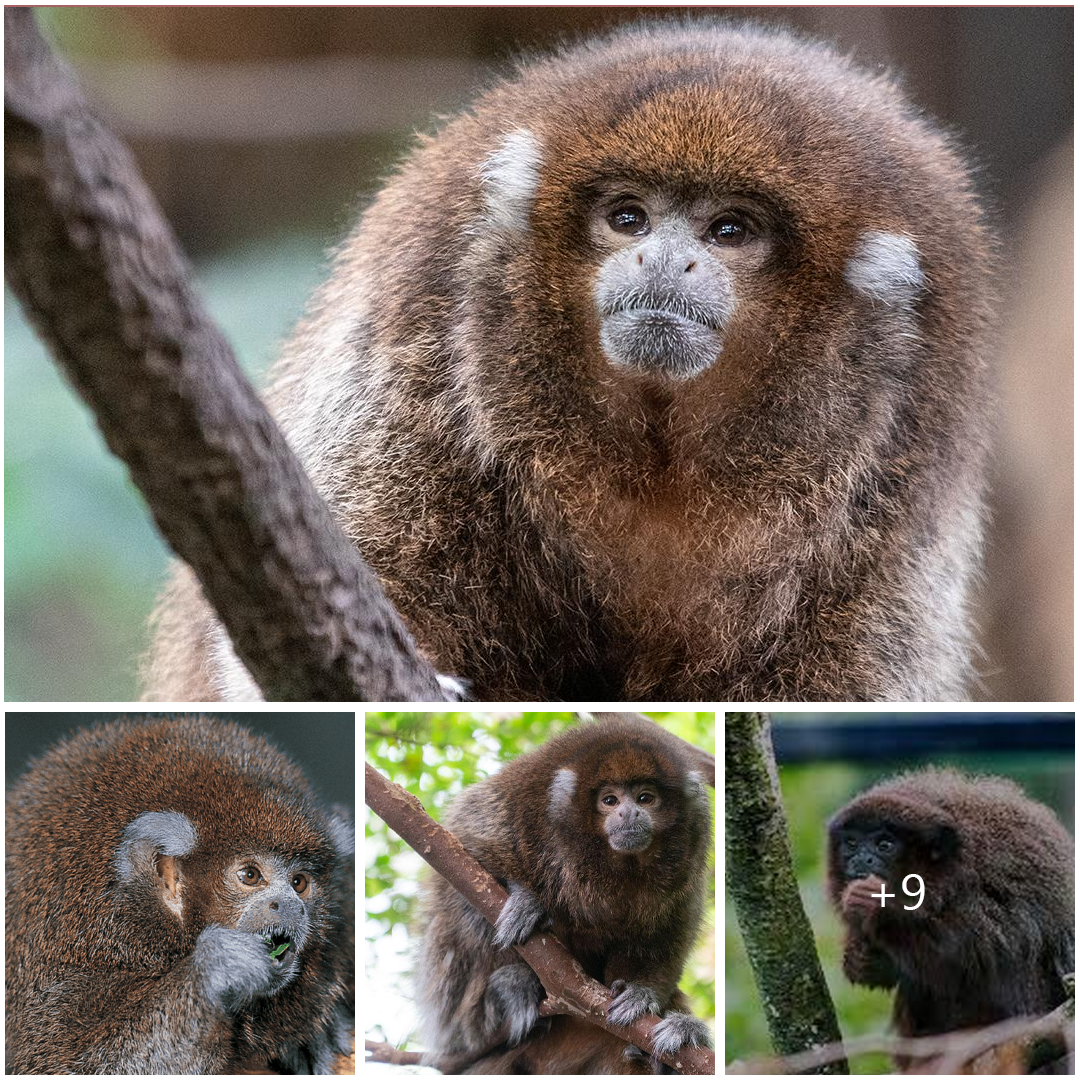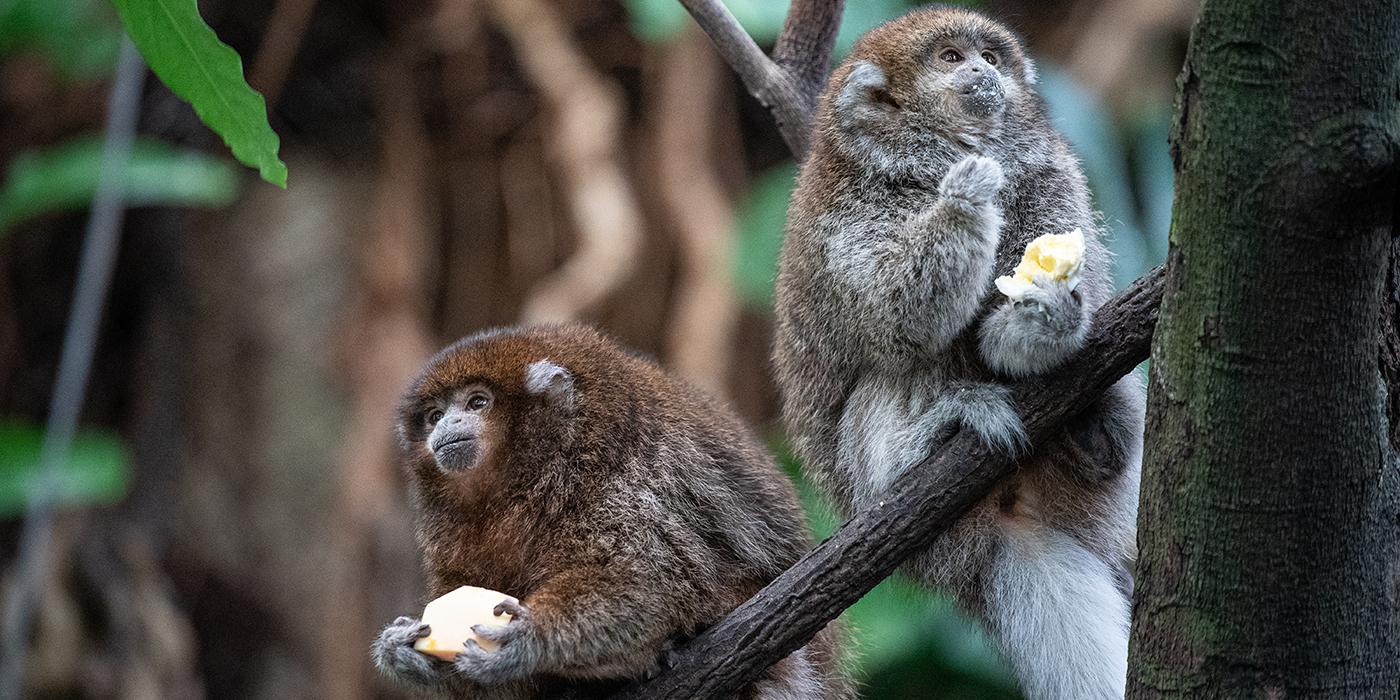
Exploring the Fascinating World of Titi Monkeys
Titi monkeys, also known as titis, are a group of small primates native to South America, belonging to the family Pitheciidae. These adorable creatures are known for their unique characteristics and intriguing behaviors, making them a subject of fascination for researchers and nature enthusiasts alike.
Introduction to Titi Monkeys: Titi monkeys are arboreal creatures, meaning they primarily live in trees, inhabiting tropical forests across South America. They are found in various countries, including Brazil, Peru, Colombia, and Bolivia. With their small size and long tails, titi monkeys are well-adapted to life in the forest canopy.
Physical Characteristics: Titi monkeys typically have a slender body with a dense, soft fur coat that varies in color, ranging from shades of gray to brown, depending on the species. They are known for their distinctive facial features, including large, expressive eyes, and tufts of hair on their ears. Their long, bushy tails help them maintain balance as they navigate through the treetops.
Social Structure and Behavior: One of the most fascinating aspects of titi monkeys is their complex social structure. They are known to form monogamous pairs, with males and females forming strong bonds that last a lifetime. These pairs engage in various bonding behaviors, such as grooming each other and vocalizing to communicate.

Titi monkeys are also highly territorial, marking their territory with vocalizations and scent markings to deter intruders. They live in small family groups, consisting of the breeding pair and their offspring. This tight-knit family structure plays a crucial role in their survival in the wild.
Diet and Feeding Habits: Titi monkeys are primarily frugivorous, meaning they primarily feed on fruits. However, their diet also includes a variety of other plant materials, such as leaves, flowers, and seeds. They are known to forage for food throughout the day, using their dexterous hands to pluck fruits and manipulate objects.
Conservation Status: While titi monkeys are not considered globally endangered, several species are facing threats due to habitat loss and fragmentation. Deforestation, illegal pet trade, and hunting pose significant risks to their populations in the wild. Conservation efforts, including habitat protection and public awareness campaigns, are essential for ensuring the long-term survival of these captivating primates.
Conclusion: Titi monkeys are captivating creatures with their unique physical features, complex social behaviors, and vital ecological roles. As stewards of the natural world, it is our responsibility to protect and conserve these remarkable primates for future generations to appreciate and enjoy.





